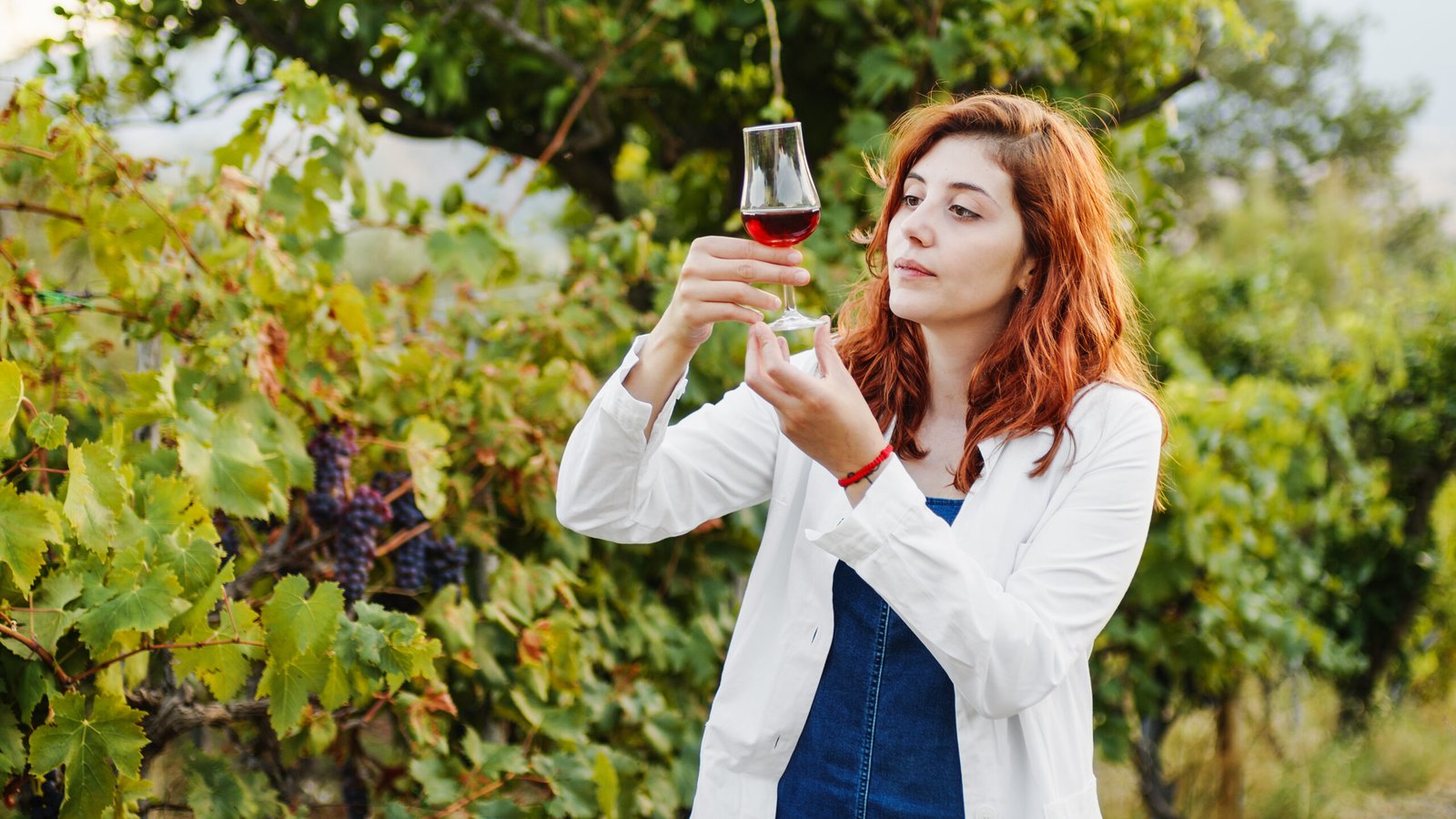How Has French Wine Production Changed Over the Years?

French wine, celebrated universally for its elegance and diversity, has a rich production history spanning over 2,600 years. Its evolution reflects shifts in culture, technology, challenges, and consumer preferences. Understanding how French wine production has changed over the years helps appreciate the depth of tradition balanced with innovation that shapes modern French wines today.
Ancient Origins and Roman Influence
The origins of French wine production date back to the 6th century BCE, when Greek settlers founded Massalia (modern Marseille). The Romans then expanded viticulture throughout Gaul, planting vineyards in regions like Bordeaux, Burgundy, and the Rhône Valley, setting the foundation for organized winemaking and trade.
This classical era emphasized varietal cultivation, vineyard management, and the commercial value of wine, establishing France as a central player in the wine world for centuries.
Medieval Stewardship by the Church
During the Middle Ages, much of French wine production was preserved and advanced by monasteries and religious orders. Monks meticulously tended vineyards across regions such as Burgundy and Champagne. Vineyards flourished under their care, and monastic influence laid the groundwork for the terroir-focused approach that defines French wine culture.
Monasteries also maintained wine-making knowledge during turbulent times and contributed to classifications that indirectly shaped modern appellations.
Challenges: Phylloxera and Economic Turmoil
The late 19th century brought massive challenges to French wine production. The phylloxera pest devastated vineyards across France, resulting in widespread replanting and experimentation with grafting European vines onto resistant American rootstocks.
This period was followed by economic hardship during World Wars I and II and the Great Depression, which depressed production quality and exports. However, these difficulties catalyzed major reforms in standards and production methods.
Institutional Reforms: Appellation System Established
In 1935, the French government established the Appellation d’Origine Contrôlée (AOC) system to protect wine origin, quality, and traditional winemaking methods. This was a pivotal moment, shifting French wine production from inconsistent regional styles to a formalized classification system emphasizing terroir authenticity and legal standards on permitted grapes and viticulture methods.
The AOC system profoundly shaped French wine’s reputation for quality and regional identity.
Postwar Modernization and Innovation
Following World War II, a new generation of winemakers embraced modern viticultural and enological techniques, leading to consistency and enhanced quality across French wine regions. Innovations included temperature-controlled fermentation, stainless steel tanks, and improved barrel aging, allowing better preservation of delicate aromas and complexity.
Technology also enabled expansion into export markets, helping French wine rebuild its global prominence.
Adapting to Globalization and Changing Markets
In recent decades, French wine production has evolved to address changing consumer preferences and increasing competition from New World producers (California, Australia, Chile). Many producers now focus on:
- Sustainability: Organic and biodynamic viticulture.
- Variety exploration: Experimenting with lesser-known grapes alongside classics.
- Accessibility: Producing wines both for casual consumers and collectors.
- Marketing: Embracing branding and direct-to-consumer sales.
While tradition remains core, French wine continues adapting to global trends and climate change.
About Box of Wine
Buy Wine Online from Box of Wine, Ireland’s best tailored to your taste wine subscription service. Tailored boutique wine delivered to your door, every month. Next day Wine delivery in Ireland! Also, selection of Boxed Wine that delivers quality.
Conclusion
French wine production has journeyed through millennia, from ancient vine plantings and monastic care to battling phylloxera and embracing cutting-edge innovations. The establishment of the appellation system preserved tradition while modern technologies and market realities continue to shape the industry’s future. This blend of history, terroir dedication, and adaptation makes French wine uniquely rich in character and global prestige. For wine lovers, this evolution enriches every glass of French wine they enjoy.
Whether buying for everyday enjoyment or collecting fine bottles, exploring French wine offers a taste experience rooted in centuries of craft and continuous improvement.
